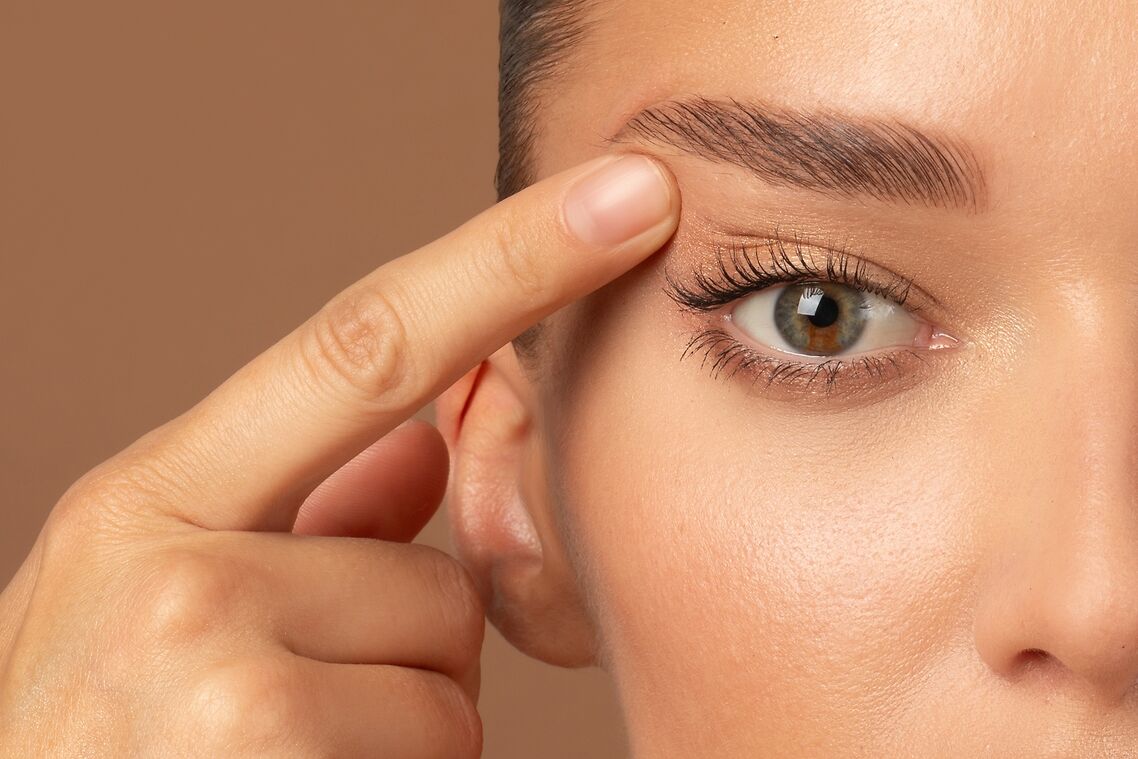Blepharoplasty, commonly referred to as “eyelid surgery,” is a popular cosmetic procedure designed to enhance the appearance of the eyelids. Whether performed on the upper lids, lower lids, or both, this surgery aims to remove excess skin, fat, and occasionally muscle, addressing sagging and puffiness for a more youthful and refreshed look. According to Dr. Thomas McNemar, blepharoplasty can significantly rejuvenate one’s appearance, providing long-lasting and natural results.
 Photo Credit: Courtesy of Fast-Stock/Shutterstock
Photo Credit: Courtesy of Fast-Stock/Shutterstock
Ideal Candidates for Blepharoplasty
Blepharoplasty is suitable for individuals seeking a more youthful and refreshed appearance, often leading to increased self-confidence and satisfaction. Ideal candidates for upper and lower blepharoplasty procedures are those troubled by signs of aging around their eyes, such as droopy or sagging eyelids, under-eye bags, excessive wrinkles, or skin that impairs vision. Good candidates generally have good overall health and are free from serious eye conditions or medical issues.
Upper vs. Lower Blepharoplasty: Key Differences
Upper and lower blepharoplasty are distinct procedures that target different issues around the eyes, though they are often combined for comprehensive results.
- Upper Blepharoplasty: This procedure focuses on the upper eyelids, removing excess skin, muscle, and sometimes fat that cause drooping or sagging. It helps correct heavy upper eyelids that may impair vision or give a tired appearance, resulting in a more open and youthful look.
- Lower Blepharoplasty: This surgery addresses the lower eyelids, involving the removal or repositioning of fat deposits, tightening loose skin, and smoothing out wrinkles or bags under the eyes. The goal is to eliminate puffiness and create a smoother, more rejuvenated under-eye area.
Both procedures can significantly enhance the overall facial appearance, making the eyes look more refreshed and boosting patients’ confidence.
Longevity of Blepharoplasty Results
The results of blepharoplasty are typically long-lasting, with many patients enjoying the benefits for 10 to 15 years or even longer. Factors such as skin type, age, and lifestyle can influence the longevity of the results. While the natural aging process continues, the improvements achieved through blepharoplasty, such as reduced sagging and puffiness around the eyes, generally provide a more youthful and refreshed appearance for many years. Maintaining a healthy lifestyle, regular exercise, and a proper skincare routine can help preserve the results.
The Recovery Process
Recovery from blepharoplasty is generally smooth and well-tolerated. After the procedure, patients can expect some swelling and bruising around the eyes, which typically subsides within one to two weeks. Cold compresses and prescribed medications can help manage discomfort and reduce swelling.
Most patients can return to normal activities within 7 to 10 days, though strenuous activities and heavy lifting should be avoided for a few weeks. Stitches, if not absorbable, are usually removed within a week. Patients are advised to keep their heads elevated, avoid rubbing their eyes, and protect their eyes from sun exposure by wearing dark sunglasses.
Regular follow-up visits with the surgeon and adherence to post-operative instructions help ensure a smooth recovery and the best possible outcomes. Overall, most patients find the recovery period manageable and are often thrilled with their rejuvenated appearance.
Blepharoplasty offers a valuable solution for individuals seeking to improve the appearance of their eyelids and achieve a more youthful and refreshed look. With long-lasting results and a manageable recovery process, this procedure continues to be a popular choice for those looking to enhance their facial aesthetics.
For more information, visit Dr. Brian A. Levine's social media:

























